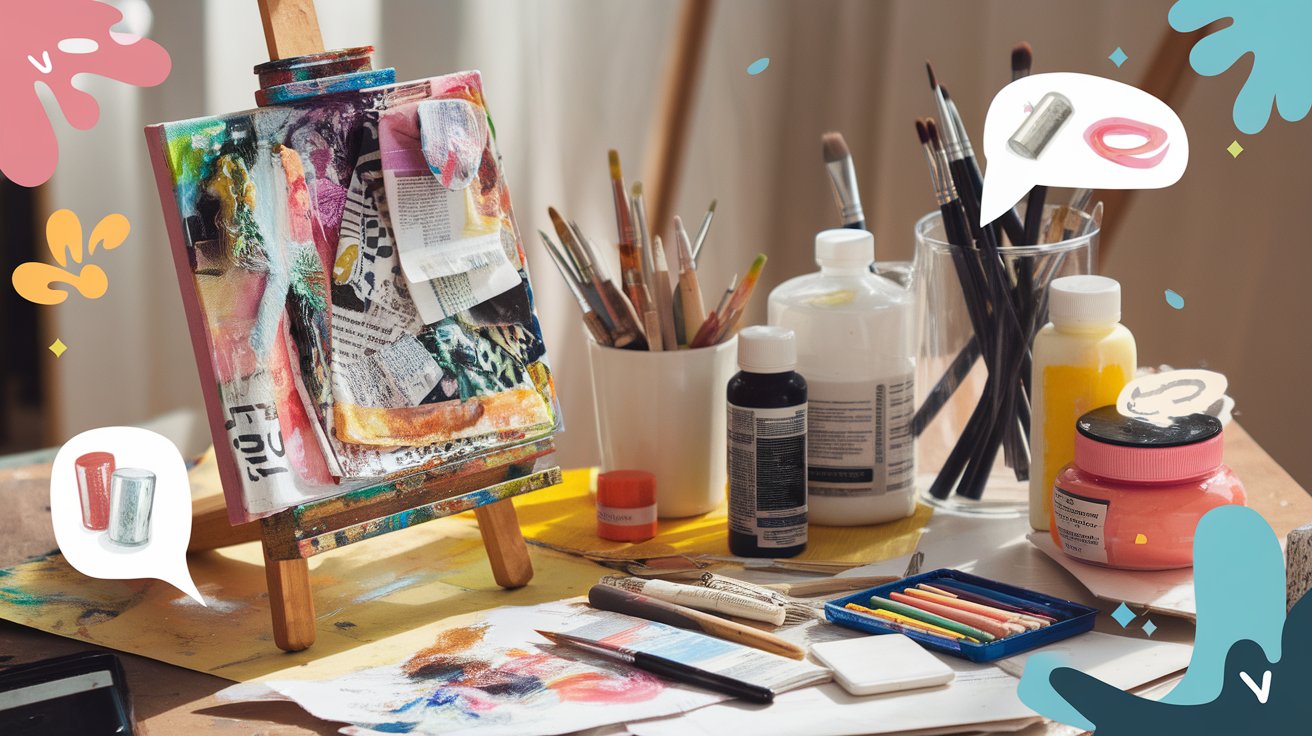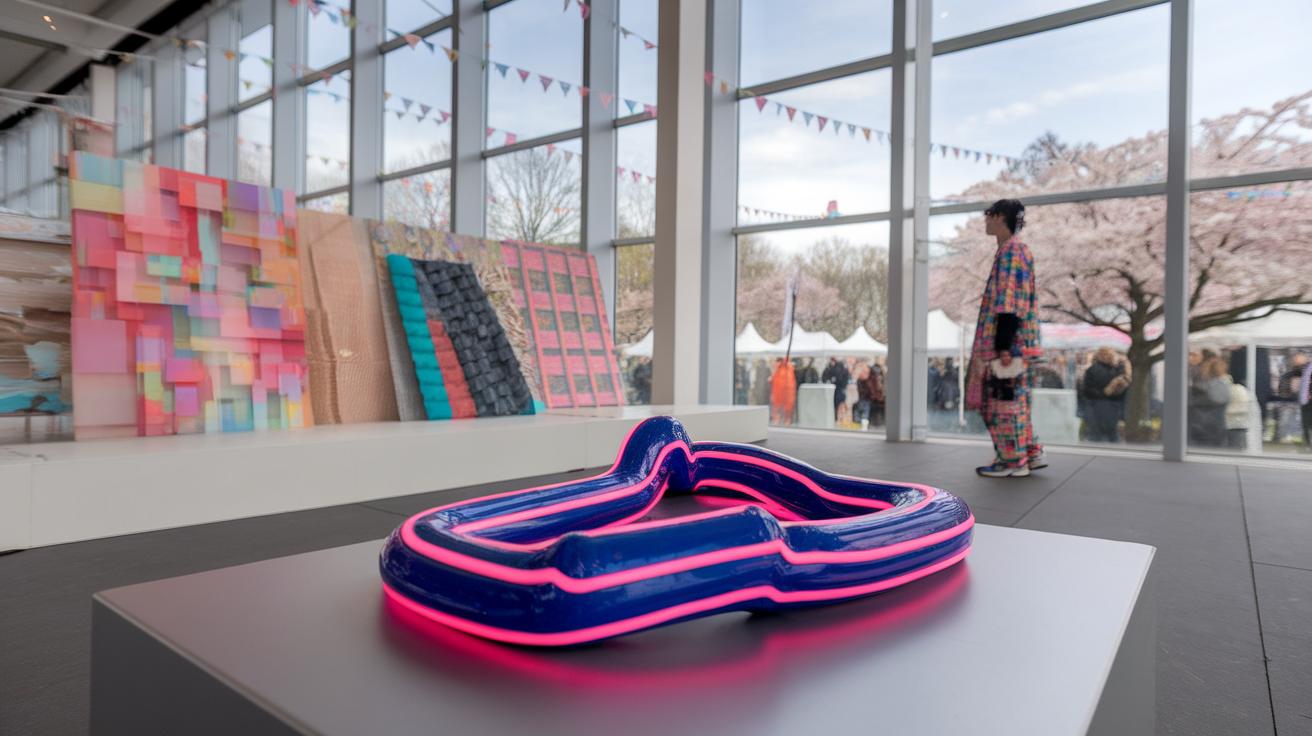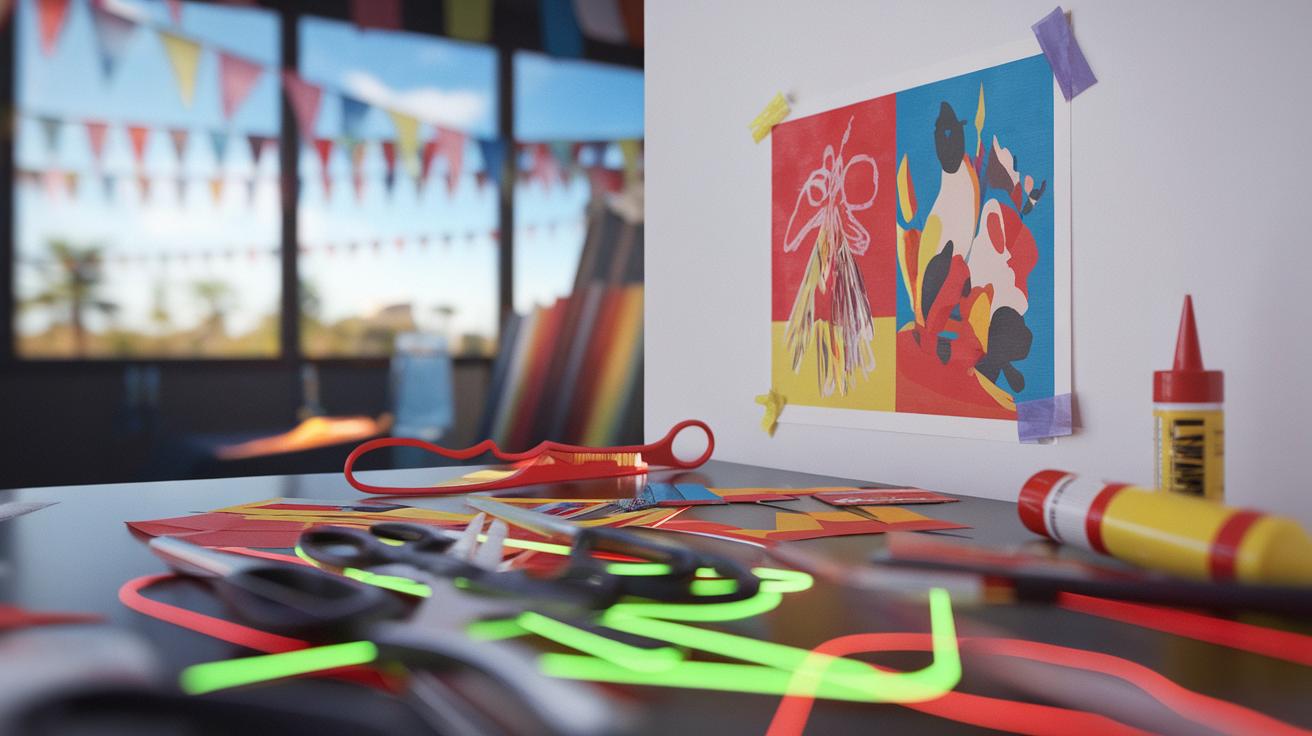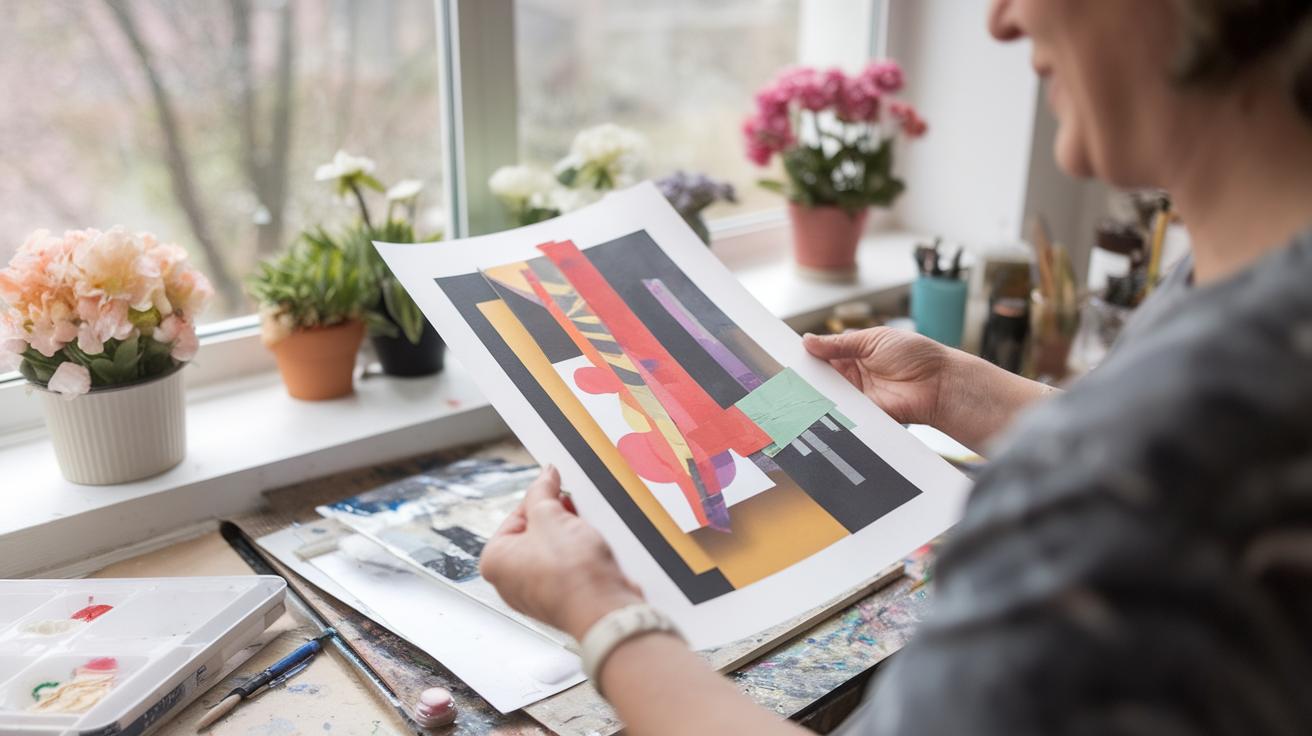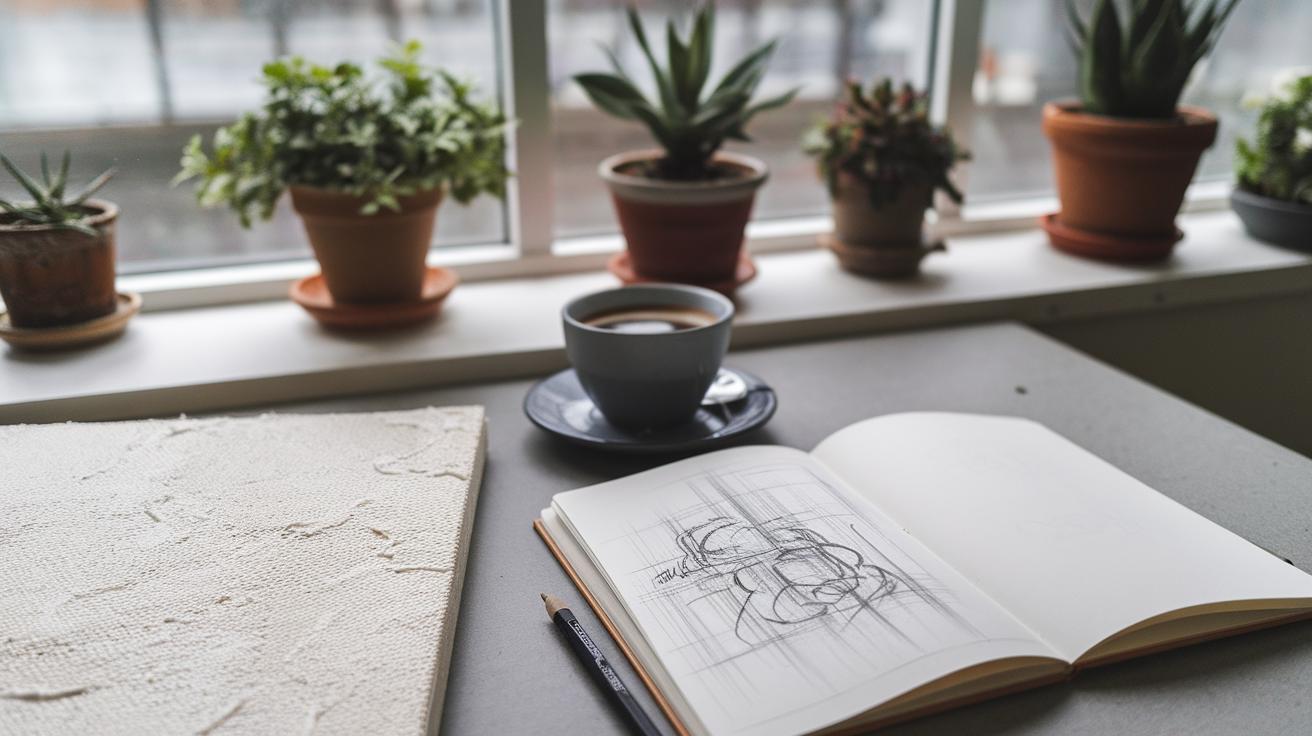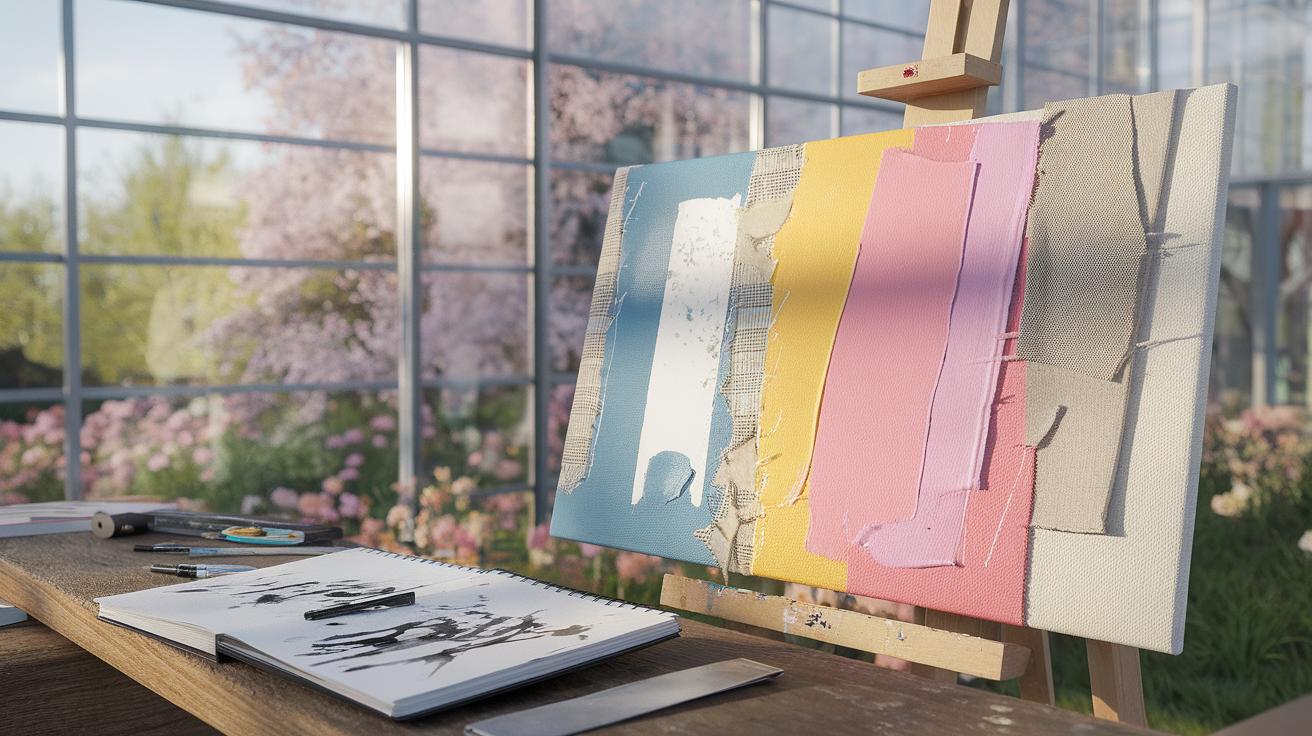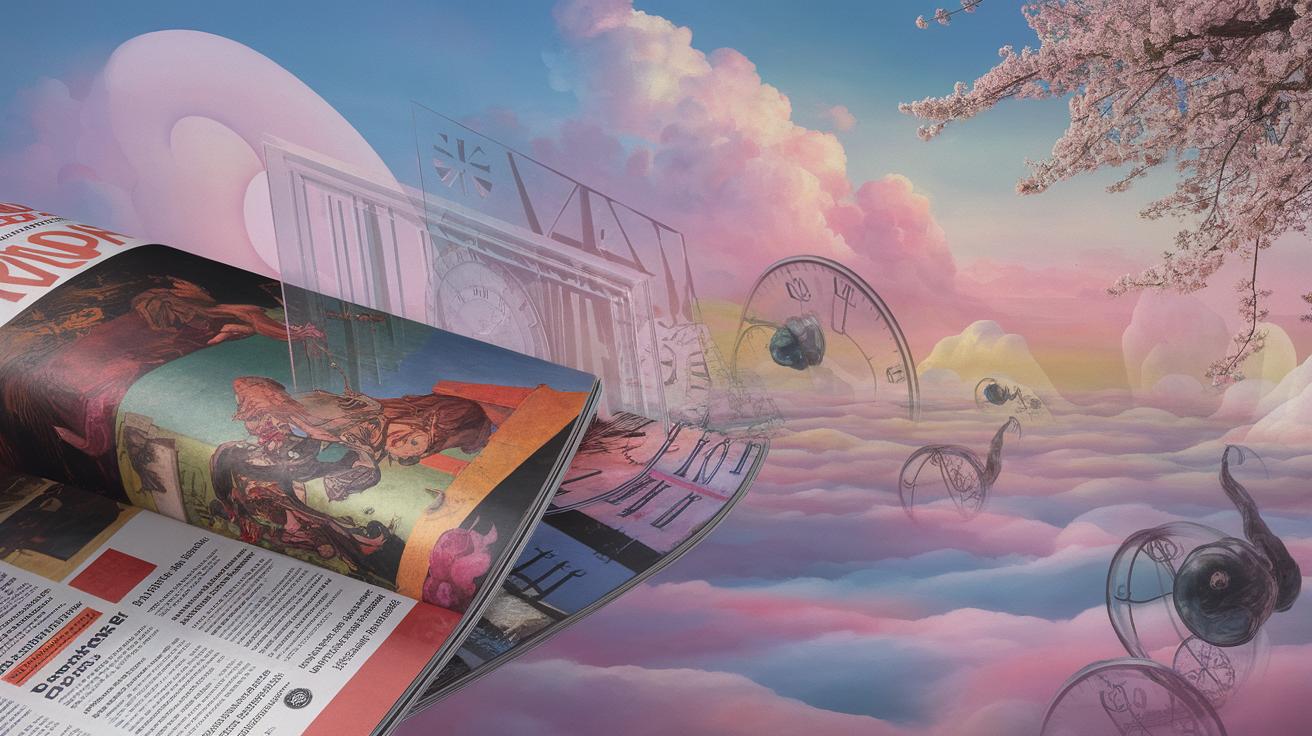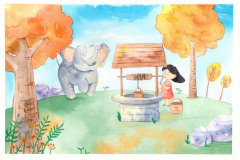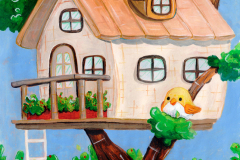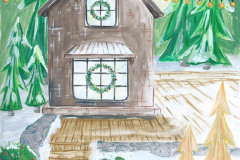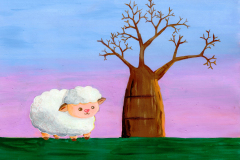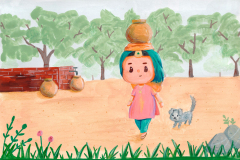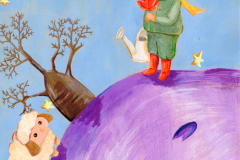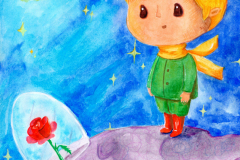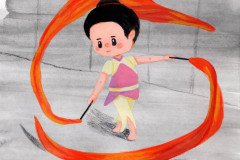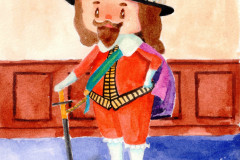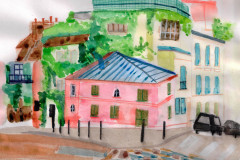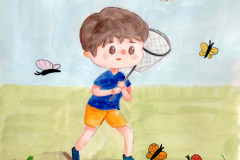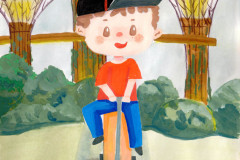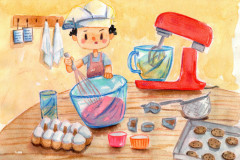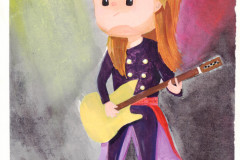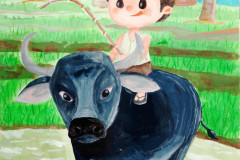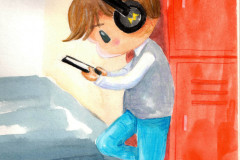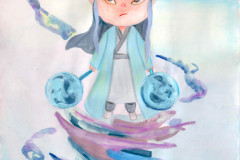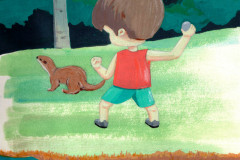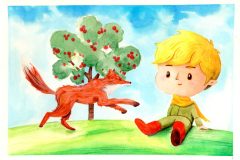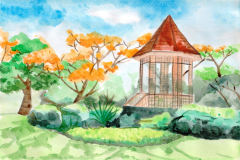Introduction
Paper collage art is a vibrant medium that involves assembling different materials to create a new visual representation. This technique has roots stretching back centuries but gained unique recognition in the early 20th century. Artists like Pablo Picasso and Georges Braque pioneered this technique, elevating it as a distinct form of modern art. Through combining paper, photographs, and other found objects, you can evoke emotions and tell stories in a visually engaging way.
This article serves as a comprehensive guide for mastering the art of paper collage. We will explore essential techniques, materials, and sources of inspiration to help you express yourself creatively. Whether you are a beginner or have some experience, there will be insights that can enhance your practice and encourage personal growth in your artistic journey.
Understanding Paper Collage Art Unlocking Creative Expression
Paper collage art involves assembling various paper pieces to create an artwork. This medium can incorporate images, textures, and colors from magazines, newspapers, and other sources. Artists cut, tear, and arrange these materials to express their ideas.
The roots of collage trace back to the early 20th century. Artists like Pablo Picasso and Georges Braque popularized the form as part of the Cubist movement. They transformed how we perceive art, merging different elements into cohesive pieces. Over the decades, collage has evolved, blending traditional techniques with digital methods.
This art form remains relevant today. It allows you to explore your emotions and thoughts visually. Collage also fosters experimentation. You can combine unexpected materials and techniques. Have you ever thought about what stories your chosen images tell? Consider how mixing different textures impacts the overall feel of your artwork.
Materials for Collage Endeavors
Creating a collage involves a variety of materials. Each one brings its own qualities. For instance, magazines offer vibrant colors and images. You can easily find inspiration in their illustrations. Newspapers deliver more muted tones, perfect for creating a vintage feel.
Glue sticks provide a clean application. They keep your paper flat without wrinkling. Scissors and craft knives allow precise cuts. For a unique touch, you might use maps or fabric scraps. These elements can add depth and interest to your work.
Consider the impact of different paper weights. Thicker papers hold up well, while lighter ones can add layers. Your material choices will shape the message of your collage. Are you ready to explore how various textures and colors interact in your next project? Think about what each material can bring to your creative expression.
Materials for Collage Endeavors
Essential Paper Types and Their Roles
Choosing the right paper is vital for collage art. Types of paper vary in texture, weight, and color. For example, magazine pages offer glossy surfaces that add vibrancy to your work. On the other hand, tissue paper provides delicate layers, perfect for subtle effects. Cardstock adds strength and stability, suitable for larger pieces.
Do you want a bold statement? Use thicker paper that stands out. Need something softer? Try lighter, more translucent options like origami paper. Even packing materials can find a place in collage art—think bubble wrap or cardboard—for added texture and depth.
Adhesives and Tools Matter
Adhesives play a crucial role in your collage process. Glue sticks are great for quick bonding, while liquid glue offers more maneuverability. You might also experiment with double-sided tape for clean edges. Scissors and craft knives allow for precise cuts. Your choice of tools will shape your artwork’s final appearance.
What about the background? Cardboard, canvas, or wood panels can serve as sturdy bases. Each choice influences the visual impact of your final piece. Select materials based on your artistic vision. Consider what each element contributes to your work. These decisions can transform your creative expression.
Techniques to Master Explore Various Techniques in Paper Collage Art
Essential Skills for Impactful Collage Art
Creating paper collage art requires specific techniques that enhance your work’s impact. Start with cutting. Use sharp scissors or a craft knife for clean edges. Practice precision. This skill can elevate your composition.
Think about layering. Combine various paper types to create depth. For instance, place a textured paper over a smooth one. This contrast draws the viewer’s eye. Experiment with transparency using tracing paper or cellophane. What happens when you layer colored paper over a black-and-white image?
Consider the use of glue. Different adhesives work well for various materials. For instance, glue sticks are great for light papers, while Mod Podge is suitable for heavier ones. Test your choices to see how they change the visual experience.
Try collage techniques like ripping or tearing. This method adds a dynamic, organic feel to your piece. You can express emotions through these rough edges. Have you noticed how these choices influence the mood of your artwork?
Place elements intentionally to guide the viewer’s eye across the piece. Create a focal point to draw attention. Practicing these techniques will deepen your skills and transform your creative expression.
Finding Inspiration for Collage Art
Sources to Spark Your Creativity
When creating collage art, finding inspiration can become your greatest tool. Start by looking at magazines and newspapers. Cut out images, colors, and text that catch your eye. You might discover interesting combinations that lead to unique designs.
Nature often provides excellent materials. Collect leaves, flowers, or scraps of paper. Each texture and color can add depth to your work. Pay attention to your surroundings. Notice patterns, structures, and colors in everyday life. What stands out to you?
Visit art galleries or local exhibitions. Observing different art forms can ignite fresh ideas. Consider your emotions. What stories do you want to tell through your collage? Reflecting on personal experiences can drive your creativity.
Engage with fellow artists. Sharing thoughts often sparks new concepts. What challenges do they face? Use those conversations to dive deeper into your own work.
Creating Your First Collage A StepbyStep Guide
Getting Started
Begin by gathering materials. Look for magazines, newspapers, colored paper, or even old books. Collect different textures and colors. You want a variety of options to work with. This diversity will spark your creativity.
Next, choose a theme. Think about what inspires you. It could be nature, emotions, or a story you want to tell. Defining a focus will guide your choices as you explore imagery.
Cut and Assemble
After selecting your materials, start cutting out images or shapes that relate to your theme. Use scissors for greater control. Look for interesting shapes, colors, and patterns that catch your eye.
Start arranging the pieces on your paper or canvas without gluing them first. Move them around until you find a layout that feels right. Consider balance and contrast in your arrangement.
Once satisfied, glue down your favorite pieces. Apply glue carefully. Use a small brush or glue stick to avoid mess.
Use pens or markers to create outlines or doodles around your collage. This personal touch makes the artwork uniquely yours.
What do you want your work to say? Let your thoughts guide your hands as you create.
Developing Your Unique Style Mastering Paper Collage Art
Cultivating Individual Expression
Your style in paper collage art will set you apart. Discover what resonates with you. Collect materials that inspire you. Gather colorful papers, textured fabrics, and printed images. Each piece should tell part of your story.
Experiment with different techniques. Try layering, tearing, or even digital manipulation. Each method gives a distinct feel to your work. Consider what emotions you want your art to evoke. Is it joy, nostalgia, or chaos? Let that guide your choices.
Reflect on what artists inspire you. Take note of their color palettes, themes, and techniques. While it’s helpful to draw influence, create with authenticity. Who are you as an artist? Embrace your identity.
Setting Goals and Learning
Create a vision board. Fill it with images, colors, and textures that speak to you. Review it regularly to remind yourself of your path. Set specific goals for your collage projects. Do you want to explore a new technique or convey a particular emotion in your next piece?
Seek feedback. Share your work with friends or fellow artists. Their perspectives can help you see your art in new ways. Use criticism as growth. This process can refine your style.
Document your journey. Keep a journal of your projects, thoughts, and inspirations. Track what you enjoy and what challenges you. This record will help you notice patterns and evolve as an artist.
Sharing Your Art with the World Platforms and Methods for Paper Collage Art
Reaching an audience for your paper collage art happens through various platforms and methods. Social media offers a quick way to share your work. Instagram, with its visual focus, suits artists well. You can post photos of your collages and engage with followers through comments and stories. Consistency matters. Set a schedule to post regularly, as this keeps your audience interested.
Consider starting a blog or a website to showcase your portfolio. This adds a professional touch and allows you to control the narrative around your art. You can write about your inspiration, techniques, and the journey behind each piece. Think about how sharing your process might resonate with your audience.
Participating in art contests and exhibitions expands your visibility. Local galleries often seek fresh talent. Submitting your work can lead to conversations with art lovers and potential buyers. Have you thought about how showing in an art fair could connect you with other artists?
Networking is essential. Joining online communities can provide support and collaboration opportunities. Platforms like Facebook and Reddit host groups where artists share tips, critique each other’s work, and promote their pieces. Engaging with these communities can help build your reputation as an artist.
Would you consider creating a newsletter? An email list allows you to share exclusive content and updates directly with your supporters. This builds a loyal base ready to support your future projects.
Learning from Others Encourage Collaboration and Learning from Established Paper Collage Artists
Collaborating with established collage artists can enhance your skills and inspire your creativity. Connecting with others allows you to gain fresh perspectives. Consider joining online forums or communities focused on collage art. These platforms often provide opportunities to share techniques and receive feedback.
Participating in workshops led by experienced artists can also broaden your understanding. You will learn not only about materials but also about innovative approaches. For example, look for local studios that offer classes. Engaging directly with instructors fosters a learning environment. What specific skills do you hope to develop through collaboration?
Observe the work of recognized artists. Analyze their styles and techniques. This can spark new ideas for your own projects. You might implement similar methods or experiment with contrasting styles. How could you integrate what you learn into your art practice?
Consider starting a group project with fellow artists. Working together can reveal new techniques and methods. It encourages creativity and builds a sense of community. What themes or ideas could your group explore together?
Challenges in Collage Art Identifying Common Obstacles
Creating collage art presents unique challenges. You may struggle with choosing the right materials. Different papers, textures, and colors can overwhelm you. Selecting items that complement each other is crucial for a cohesive design.
Another common issue is composition. Arranging pieces to create a balanced look can feel tricky. Try sketching your ideas first. This can help you visualize how elements fit together before you start cutting and pasting.
Sometimes, artists face emotional barriers. You may critique your own work too harshly. Allow yourself to experiment freely. Mistakes can lead to unexpected, exciting results.
Time management can also pose a challenge. Collage can become time-consuming. Set deadlines for yourself. This will keep you focused and motivated.
Finding inspiration might feel tough. Seek out art communities. Online platforms and local workshops offer fresh ideas and support. How can you engage with others to ignite your creative spark?
Future of Paper Collage Art Speculating on Techniques and Inspirations
Paper collage art will continue to evolve as technology advances and artists find new methods of creative expression. The integration of digital tools allows for innovative combinations of traditional and contemporary techniques. Artists can blend physical materials with digital editing software. This opens doors for creating engaging multimedia pieces.
With the increasing popularity of online platforms, you can share your art with a wider audience. Websites and social media provide spaces for niche communities to thrive. This connectivity may lead to collaborations and new styles. You might ask yourself how these connections could influence your own creations.
Collage art is likely to become more accessible. Workshops and online tutorials can break down barriers and inspire new artists. Imagine being part of a community where ideas flow freely. What unique perspectives do you think artists from different backgrounds could bring?
Conclusions
Paper collage art opens doors to endless creative possibilities. By mastering techniques, selecting unique materials, and developing a personal style, you become empowered to express yourself. Each piece of collage art can represent your unique story or perspective. Remember, the beauty of collage lies in its ability to blend various elements into a cohesive work of art.
As you continue to explore and experiment with paper collage, share your creations with others and seek inspiration from fellow artists. The journey of mastering collage art is ongoing and filled with opportunities for growth. Embrace it and let your creativity thrive.



